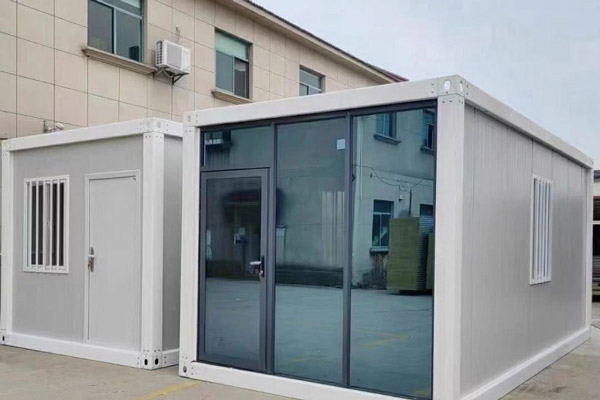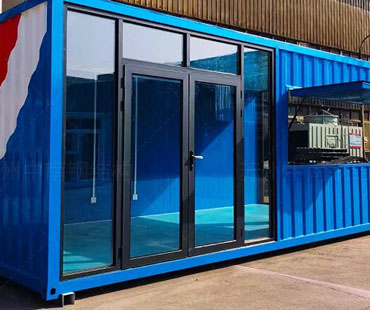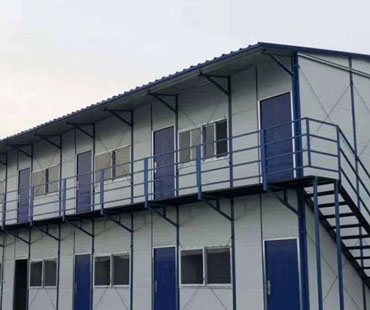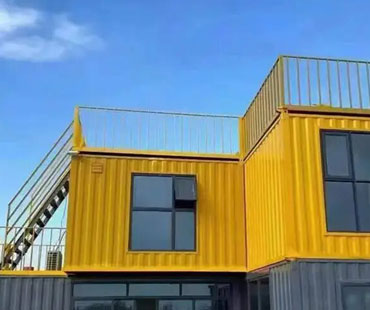In an increasingly globalized world, the transportation of goods is a fundamental component of international trade and commerce. At the heart of this logistics network lies the shipping container, a robust and versatile structure that has revolutionized the way goods are transported across land and sea. However, the safety and efficiency of this vital component depend significantly on its design and adherence to established safety standards. This article explores the importance of container design and safety standards in ensuring the secure transportation of goods.
Shipping containers have come a long way since their inception in the mid-20th century. Originally designed for bulk cargo, modern containers are engineered to accommodate a wide variety of goods, including perishable items, electronics, and hazardous materials. The design of containers has evolved to include features such as reinforced corners, weatherproof materials, and specialized interiors that protect sensitive cargo.
The standardization of container dimensions, primarily governed by the International Organization for Standardization (ISO), has played a pivotal role in facilitating global trade. Standard sizes, such as the 20-foot and 40-foot containers, allow for seamless transfer between different modes of transport—ships, trucks, and trains—thereby enhancing efficiency and reducing costs.

Safety standards for shipping containers are crucial in minimizing risks associated with the transportation of goods. These standards are established by various international organizations, including the International Maritime Organization (IMO) and the International Cargo Handling Coordination Association (ICHCA). They cover a wide range of aspects, including structural integrity, load capacity, and materials used in container construction.
1.Structural Integrity: Containers must be designed to withstand the rigors of transportation, including stacking, impacts, and extreme weather conditions. Standards specify the minimum strength requirements to ensure that containers can carry heavy loads without compromising safety.
2.Load Capacity: Proper load distribution is essential to prevent accidents during transit. Standards provide guidelines for determining the maximum weight a container can safely carry, taking into account factors such as the container's design and the nature of the cargo.
3.Materials and Construction: The materials used in container manufacturing must meet specific safety criteria to resist corrosion, fire, and other hazards. For example, containers designed for transporting hazardous materials must have additional safety features, such as specialized coatings and ventilation systems.
4.Inspection and Maintenance: Regular inspections and maintenance of shipping containers are vital for ensuring their continued safety. Compliance with standards requires that containers undergo thorough checks at specified intervals, identifying any wear and tear that could compromise their structural integrity.
Advancements in technology have significantly improved container design and safety standards. The integration of smart technologies, such as RFID tracking and IoT sensors, allows for real-time monitoring of containers during transit. These technologies can provide valuable data on the container's condition, location, and environmental factors, enabling proactive measures to be taken in case of anomalies.
For instance, temperature-sensitive cargo, such as pharmaceuticals and food products, can be monitored continuously to ensure they remain within safe temperature ranges. This innovation not only enhances the safety of the goods being transported but also helps to build trust with consumers and businesses relying on timely and safe deliveries.
The design of shipping containers and adherence to safety standards are critical components of the global supply chain. As international trade continues to grow, ensuring the safe transportation of goods becomes increasingly important. By prioritizing robust container design and strict compliance with safety regulations, the logistics industry can mitigate risks, protect cargo, and contribute to the overall efficiency of global commerce.
Investing in container safety not only safeguards goods during transit but also enhances the reputation of shipping companies and fosters confidence among consumers. As we move forward, a commitment to innovation and adherence to safety standards will be essential in navigating the complexities of global trade and ensuring the safe passage of goods across the world.


